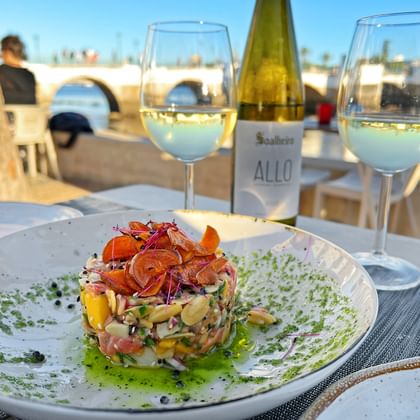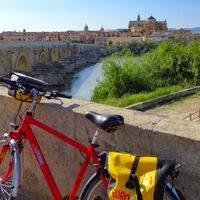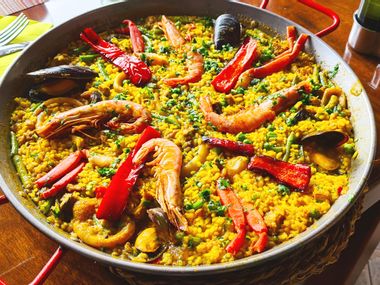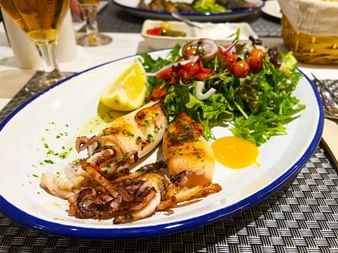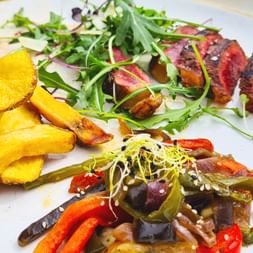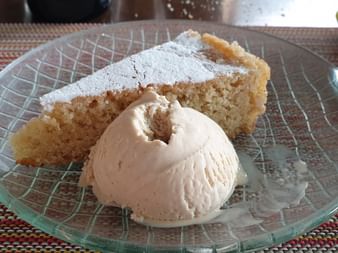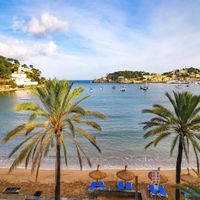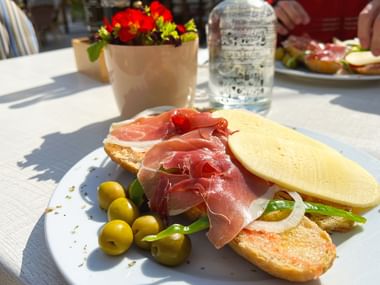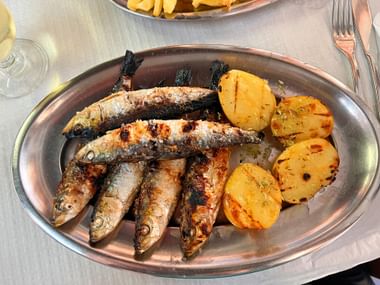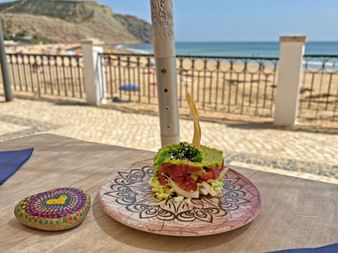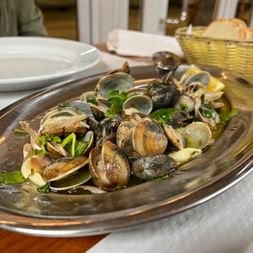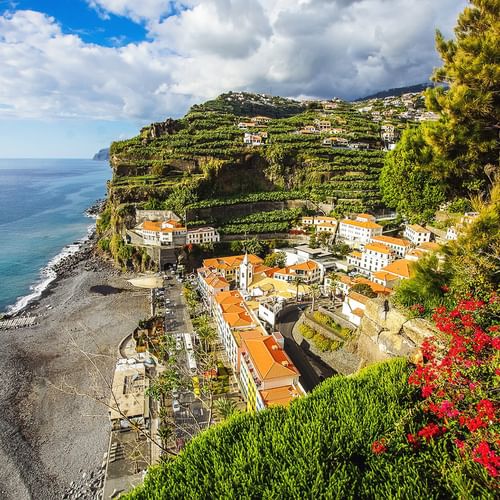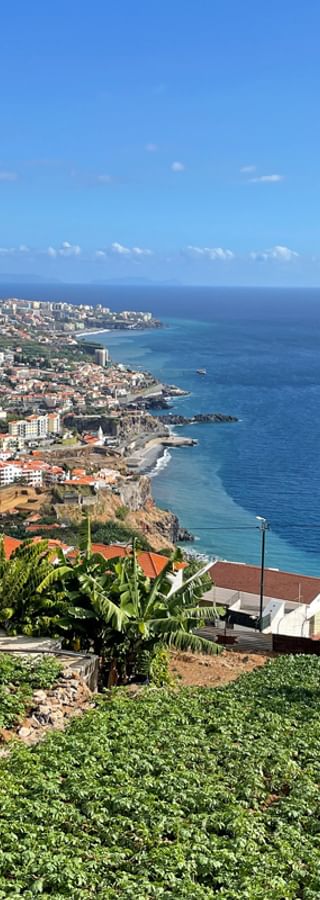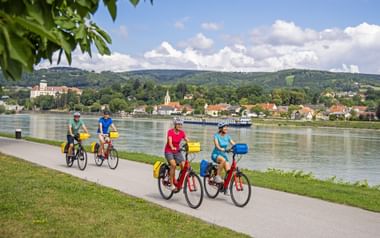As diverse as the country itself, Portuguese cuisine features a wide range of dishes, but one that you'll find on every menu during your cycling tour through Portugal is bacalhau. This salted cod is considered the national dish of Portugal, and there's a popular saying that there's a bacalhau recipe for every day of the year. Another dish that highlights the importance of fish and seafood in the cuisine is sardinhas assadas. Grilled sardines are a staple and a beloved choice for picnics, making them a must-try when exploring Portugal's culinary landscape.
Also quintessentially Portuguese are the numerous soups and stews. Caldo Verde is a beloved kale soup with potatoes, often served with cornbread and chorizo. Another classic is Cozido à Portuguesa, a hearty stew featuring pork, beef, and chicken, along with chorizo, kale, carrots, and potatoes. Depending on the region, additional ingredients may be included. A good Port wine is the perfect accompaniment to these comforting dishes.
Sweets are an essential part of Portuguese life and a delicious remnant of the Moorish heritage. They're often made with plenty of sugar and cinnamon. The famous Pasteis de Belém have gained popularity beyond Portugal, even reaching Southeast Asia through Macao, delighting taste buds around the world.
Anyone cycling through Portugal can't miss the chance to try Port wine. This fortified wine is often enjoyed with desserts. The addition of brandy interrupts the fermentation process, allowing the wine to develop its distinctive flavor during aging. It’s a sweet treat that beautifully complements the country’s rich culinary offerings.

